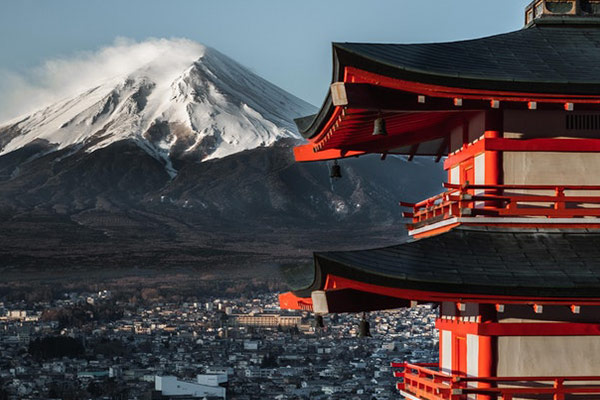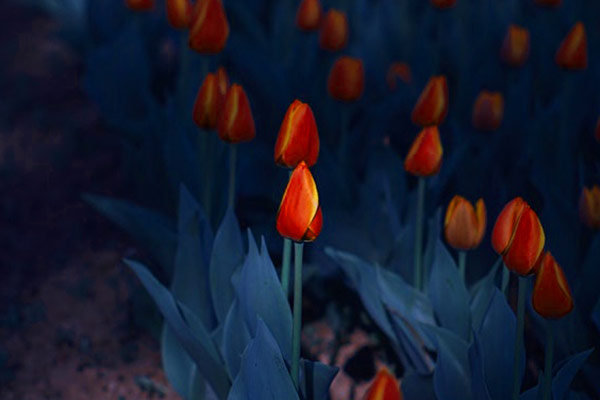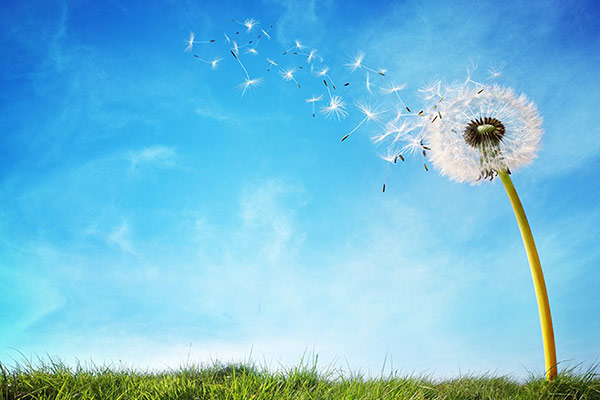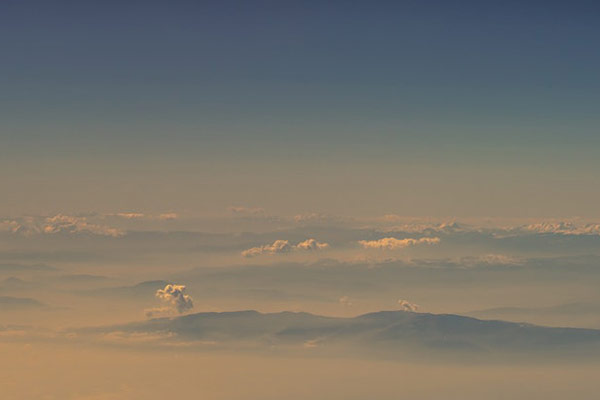Death is an important issue to everyone as it is a reality that everyone is reluctant but has to face. To ordinary people, death represents a dark unknown filled with despair, mysteries, pain and sorrow. In the face of death, almost all of us are panic-stricken and terrified. It is really due to a misunderstanding of death itself. To know correctly what death is can thus eliminate fear of death and help us better prepared for it.
~ Depicted from "THE HANDBOOK FOR LIFE"S JOURNEY : On Death And Rebirth-Understanding Death











